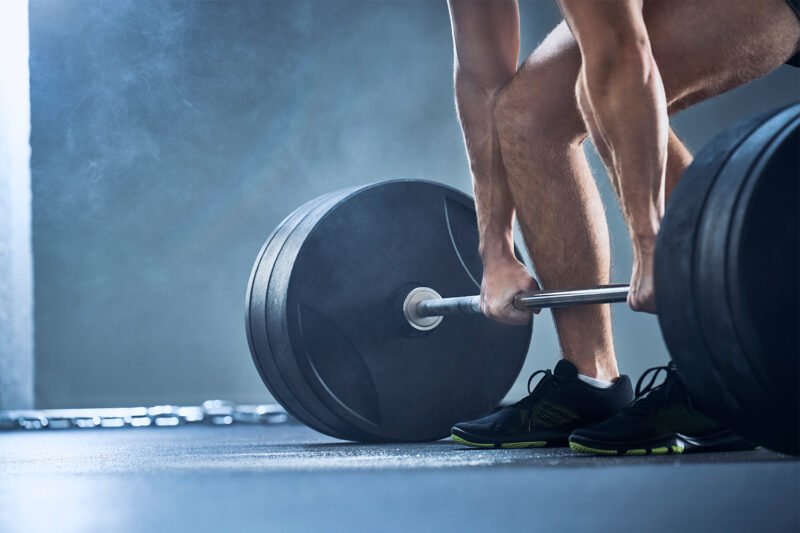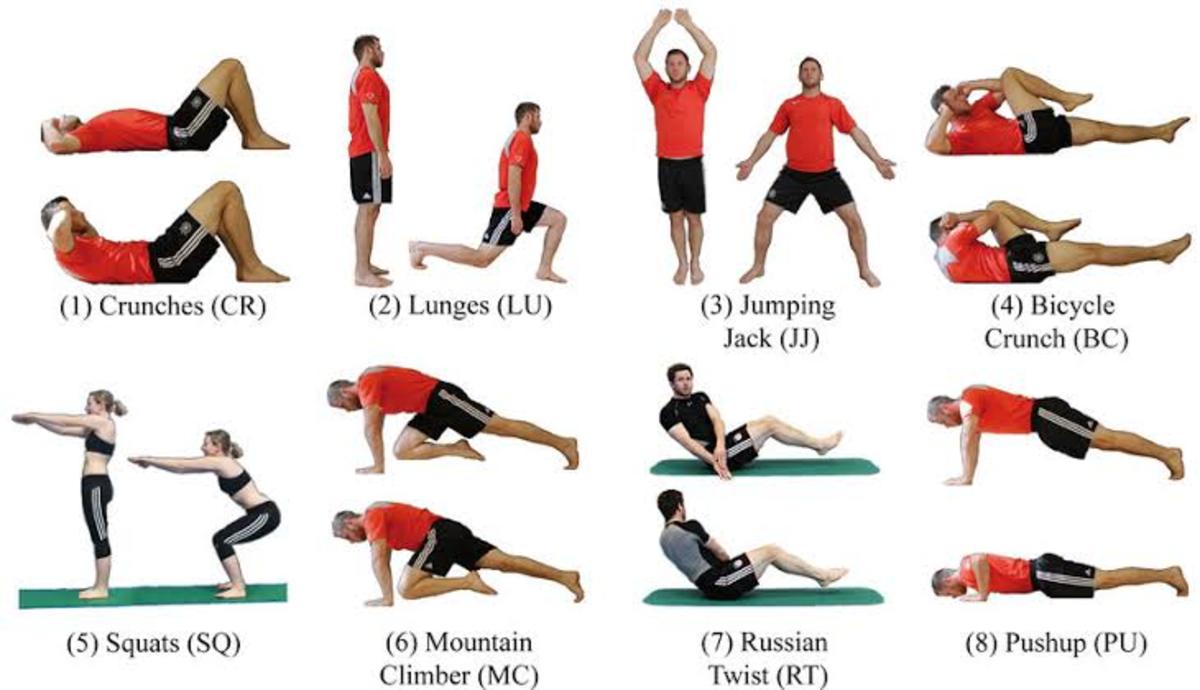Introduction
Testosterone is a crucial hormone that plays a vital role in various bodily functions, especially in men. It influences muscle mass, bone density, red blood cell production, and even mood and energy levels. For many, maintaining optimal testosterone levels is essential for overall health and well-being. One effective way to boost testosterone naturally is through exercise. Let’s dive into five exercises that can help increase testosterone levels.
What is Testosterone?
Testosterone is a hormone primarily produced in the testicles for men and in smaller amounts in the ovaries for women. It’s essential for the development of male growth and masculine characteristics. This hormone also supports overall health and well-being, including maintaining libido, muscle mass, and bone density.
Importance of Testosterone in the Body
Testosterone is critical for many physiological processes. It helps in building muscle mass, improving bone density, regulating mood, and enhancing cognitive function. Low levels of testosterone can lead to various health issues, including fatigue, depression, decreased muscle mass, and even increased risk of cardiovascular diseases.
How Exercise Affects Testosterone Levels
Exercise, particularly resistance and high-intensity training, can significantly boost testosterone levels. Physical activity stimulates the production of the hormone, helping to maintain its optimal levels. Regular exercise can also improve body composition, reduce stress, and enhance overall health, all of which contribute to better testosterone levels.
Exercise 1: Weight Lifting

Benefits of Weight Lifting for Testosterone
Weight lifting, also known as resistance training, is highly effective in increasing testosterone levels. Engaging in weight lifting helps stimulate muscle growth, which in turn triggers the body to produce more testosterone. This type of exercise is particularly beneficial for larger muscle groups, like the legs and back.
How to Get Started with Weight Lifting
If you’re new to weight lifting, start with basic compound movements that target multiple muscle groups. These include exercises like squats, deadlifts, bench presses, and rows. It’s essential to focus on proper form and gradually increase the weights to prevent injury and ensure effective workouts.
Recommended Weight Lifting Routine
A balanced weight lifting routine for boosting testosterone might look like this:
- Monday: Squats, lunges, leg press
- Wednesday: Deadlifts, bent-over rows, pull-ups
- Friday: Bench press, shoulder press, tricep dips Aim for 3-4 sets of 8-12 reps for each exercise, adjusting the weights as you become stronger.
Exercise 2: High-Intensity Interval Training (HIIT)

What is HIIT?
High-Intensity Interval Training (HIIT) involves short bursts of intense exercise followed by brief periods of rest or lower-intensity exercise. This type of training can include activities like sprinting, cycling, or bodyweight exercises.
How HIIT Boosts Testosterone Levels
HIIT has been shown to significantly increase testosterone levels due to its intense nature. The short bursts of maximum effort followed by rest periods create a hormonal response that boosts testosterone production. This kind of training also helps reduce body fat, which can positively affect hormone levels.
Sample HIIT Workouts
Here’s a simple HIIT workout to get started:
- Warm-up: 5 minutes of light jogging or jumping jacks
- Workout:
- 30 seconds sprinting
- 1-minute walking or slow jogging
- Repeat for 10-15 minutes
- Cool-down: 5 minutes of stretching or slow walking
Exercise 3: Sprinting

The Impact of Sprinting on Testosterone
Sprinting is another powerful exercise for increasing testosterone levels. Short, intense sprints stimulate the release of testosterone and growth hormone, both of which are crucial for muscle growth and overall health.
Proper Sprinting Techniques
To maximize the benefits of sprinting, it’s important to use proper techniques:
- Start with a dynamic warm-up to prepare your muscles.
- Maintain a strong posture with a slight forward lean.
- Drive your knees up and pump your arms efficiently.
- Focus on short, powerful bursts rather than long-distance sprints.
Sprinting Workout Plan
Here’s a basic sprinting workout plan:
- Warm-up: 5-10 minutes of jogging and dynamic stretches
- Workout:
- 8 x 100-meter sprints with 2-minute rest between each sprint
- Cool-down: 5-10 minutes of walking and stretching
Exercise 4: Bodyweight Exercises

Benefits of Bodyweight Exercises
Bodyweight exercises are convenient and effective for boosting testosterone. These exercises can be done anywhere and often require no equipment, making them accessible for everyone. They engage multiple muscle groups, promoting muscle growth and hormonal responses.
Key Bodyweight Exercises for Testosterone
Some effective bodyweight exercises include:
- Push-ups
- Pull-ups
- Dips
- Squats
- Planks
How to Incorporate Bodyweight Exercises into Your Routine
To get the most out of bodyweight exercises, create a balanced routine:
- Monday: Push-ups, pull-ups, planks
- Wednesday: Squats, lunges, dips
- Friday: A mix of all exercises for a full-body workout Aim for 3 sets of 10-15 reps for each exercise.
Exercise 5: Compound Movements

What are Compound Movements?
Compound movements are exercises that engage multiple muscle groups and joints simultaneously. These movements are particularly effective for boosting testosterone levels due to their intensity and the amount of muscle mass they activate.
Why Compound Movements Increase Testosterone
The engagement of several muscle groups during compound exercises leads to a significant release of testosterone. These exercises also improve overall strength and muscle mass, contributing to better hormone balance.
Examples of Compound Movements
Some key compound movements include:
- Squats
- Deadlifts
- Bench presses
- Pull-ups
- Rows
Incorporate these into your routine to maximize testosterone production and overall fitness.
The Role of Nutrition in Testosterone Production
Foods That Boost Testosterone
Certain foods are known to enhance testosterone levels. These include:
- Lean meats
- Eggs
- Fish
- Nuts and seeds
- Leafy green vegetables
Importance of Protein and Fats
Protein and healthy fats are crucial for testosterone production. Protein helps build and repair muscle tissue, while fats are essential for hormone synthesis. Incorporate sources like chicken, salmon, avocado, and olive oil into your diet.
Nutritional Supplements
While whole foods are the best source of nutrients, some supplements can also support testosterone levels. Consider supplements like:
- Vitamin D
- Zinc
- Magnesium
- Omega-3 fatty acids
The Importance of Rest and Recovery
How Rest Affects Testosterone Levels
Adequate rest and recovery are vital for maintaining high testosterone levels. Overtraining can lead to hormonal imbalances and decreased testosterone. Ensure you’re giving your body enough time to recover between intense workouts.
Tips for Effective Recovery
Effective recovery includes:
- Getting enough sleep (7-9 hours per night)
- Hydrating properly
- Stretching and foam rolling
- Incorporating rest days into your routine
The Role of Sleep in Testosterone Production
Sleep is crucial for hormone production. Most testosterone release occurs during deep sleep stages. Prioritize good sleep hygiene by maintaining a regular sleep schedule, creating a restful environment, and avoiding screens before bed.
Lifestyle Factors and Testosterone
Stress Management
Chronic stress can negatively impact testosterone levels. Practices like meditation, deep breathing, and yoga can help manage stress and support hormonal balance.
Avoiding Alcohol and Drugs
Excessive alcohol and drug use can lower testosterone levels. Limiting these substances is crucial for maintaining optimal hormone health.
Healthy Habits for Maintaining Testosterone Levels
Adopting healthy habits such as regular exercise, balanced nutrition, adequate sleep, and stress management can help maintain healthy testosterone levels.
Common Myths About Testosterone and Exercise
Myth: More Exercise Always Means More Testosterone
While exercise boosts testosterone, overtraining can have the opposite effect. Balance is key.
Myth: Only Men Need to Worry About Testosterone
Women also need healthy testosterone levels for overall well-being, including muscle strength, energy, and libido.
Myth: Supplements are a Quick Fix
Supplements can support testosterone levels, but they are not a replacement for a healthy lifestyle and regular exercise.
Creating a Balanced Fitness Plan
Combining Different Types of Exercises
Incorporate a mix of weight lifting, HIIT, sprinting, bodyweight exercises, and compound movements to maximize testosterone production and overall fitness.
Importance of Consistency
Consistency is crucial for seeing results. Stick to a regular exercise routine and make adjustments as needed to keep progressing.
Tracking Your Progress
Keep track of your workouts, diet, and sleep to monitor progress and make informed adjustments. Use tools like fitness apps or journals.
Personal Anecdotes and Success Stories
Real-life Stories of Increased Testosterone through Exercise
Hearing from individuals who have successfully increased their testosterone through exercise can be motivating. For instance, John, a 40-year-old office worker, saw significant improvements in his energy levels and muscle mass after incorporating weight lifting and HIIT into his routine.
Tips from Fitness Experts
Fitness experts often recommend starting slow and gradually increasing intensity. Consistency, proper form, and a balanced approach are key to success.
FAQs about Exercises and Testosterone
How Quickly Can I Expect Results?
Results vary, but with consistent exercise and a healthy lifestyle, many people notice improvements in a few weeks to a few months.
Are There Any Risks Associated with These Exercises?
As with any exercise program, there are risks, particularly if proper form is not used. It’s important to start with lighter weights and gradually increase intensity.
Can Women Also Benefit from These Exercises?
Absolutely. Women can benefit from increased muscle strength, energy levels, and overall well-being.
How Much Time Should I Spend Exercising Each Week?
Aim for at least 150 minutes of moderate-intensity exercise or 75 minutes of vigorous-intensity exercise each week, along with muscle-strengthening activities on two or more days.
What Should I Do if I Don’t See Results?
If you don’t see results, consider evaluating your diet, sleep, stress levels, and consistency. Consulting with a fitness professional can also provide personalized guidance.
Conclusion
Maintaining healthy testosterone levels is crucial for overall health and well-being. Incorporating exercises like weight lifting, HIIT, sprinting, bodyweight exercises, and compound movements can significantly boost testosterone. Combine these workouts with proper nutrition, adequate rest, and a healthy lifestyle to maximize your results. Start today and experience the benefits of increased testosterone.
FAQs
Q1: How long does it take to see an increase in testosterone from exercise? A1: Results vary depending on factors like consistency, diet, and individual physiology. Generally, improvements can be seen within a few weeks to a few months.
Q2: Are there specific foods that can help increase testosterone? A2: Yes, foods like lean meats, eggs, fish, nuts, seeds, and leafy green vegetables can boost testosterone levels.
Q3: Can women also benefit from exercises that increase testosterone? A3: Absolutely. Women can experience improved muscle strength, energy levels, and overall well-being from these exercises.
Q4: How much exercise is needed each week to boost testosterone? A4: Aim for at least 150 minutes of moderate-intensity exercise or 75 minutes of vigorous-intensity exercise each week, along with muscle-strengthening activities on two or more days.
Q5: What should I do if I don’t see results from my exercise routine? A5: If you don’t see results, evaluate your diet, sleep, stress levels, and consistency. Consulting with a fitness professional can also provide personalized guidance.





